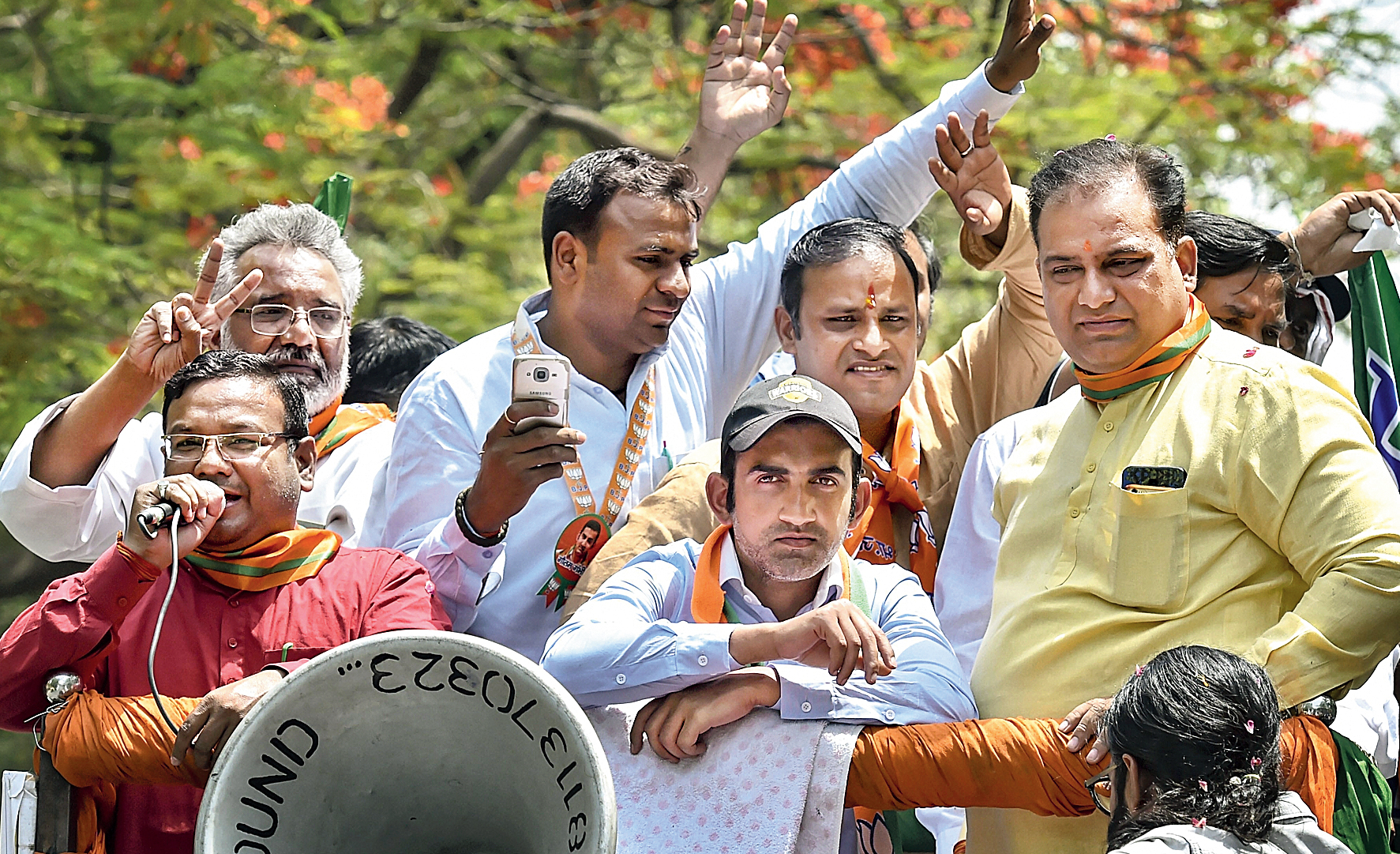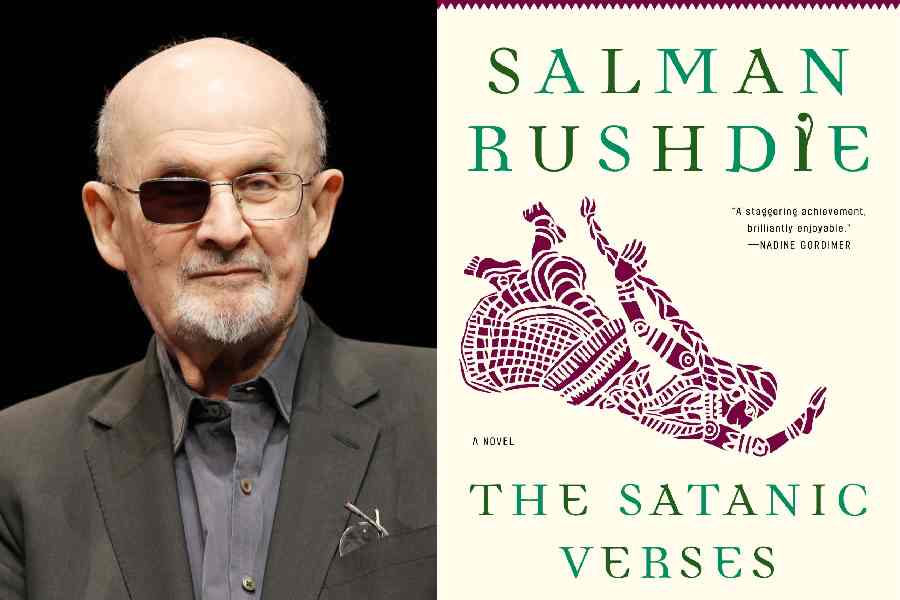1999: Manmohan Singh, then very much the squeaky clean poster boy of India’s liberalisation, was fielded by the Congress from South Delhi against the BJP’s V.K. Malhotra. South Delhi, by far the most upmarket of Delhi’s seven Lok Sabha constituencies, picked Malhotra.
2014: Rajmohan Gandhi, grandson of the Mahatma, historian and biographer, was the AAP candidate against the BJP’s Maheish Girri in East Delhi. Gandhi was blown over by the Narendra Modi wave, losing by nearly 2 lakh votes.
A proven track record in deliverables or a scholarly background is not always a recipe for electoral success, as Manmohan Singh and Rajmohan Gandhi found out. The jury, therefore, is out on whether East Delhi will have a change of heart this time and root for Atishi, the Aam Aadmi Party (AAP) candidate who is credited with the turnaround in Delhi government schools, or if it will be a pitch ideal for Gautam Gambhir, the former cricketer fielded by the BJP.
The turnaround in the condition of government schools has become the talking point of the elections, especially among the poor and lower middle class families, for whom a good education for their children is a key aspiration.
“Had these schools been so good earlier, my girls may also have spoken English like you,’’ said Meera of Trilokpuri. Other women of the area also chipped in: talking about the improvement in the infrastructure, more attentive teachers, CCTV cameras to ensure that everyone is doing their assigned tasks, and extra classes during the summer vacations for students lagging behind.
Not everyone makes the connection between Atishi and the turnaround, but all give credit to the “jhaadoo wale’’ (the “broom people”, a reference to AAP’s election symbol). Atishi was advisor to Delhi education minister Manish Sisodia and tweaked the existing system and provisions to bring about this turnaround where the focus was on increasing the “self-worth’’ of children going to state government schools.
Compared to the paint-chipped, gloomy-looking spaces that these institutions used to be, many of them would be unrecognisable to the chattering classes when they turn up to vote in the polling booths set up inside the schools on Sunday. More crucially, according to AAP spokesman and MLA Saurabh Bharadwaj, the attitude of teachers has changed.

BJP candidate Gautam Gambhir in New Delhi on Friday. (PTI)
“Earlier, some of the principals would not allow parents to sit on chairs in front of them,’’ he told The Telegraph. Now, guardians say, they are treated better when they go for parent/guardian-teacher meetings. “The schools are done up, and we are even offered tea,’’ said Riaz, a scrap dealer familiar with not just East Delhi, but also the adjoining Northeast Delhi clusters.
On whether the rumour that Atishi is a Jew had percolated within the community and would impact their voting pattern, Riaz insisted that some would anyway not vote for AAP as they still have their networks with the Congress. “Thoda toh batega (there will be some division),’’ he said, insisting that 70 per cent of the Muslims would still vote for AAP.
Named Atishi ‘Marlena’ after Marx and Lenin by her Leftist parents Vijay Singh and Tripta Wahi — both professors at Delhi University — she dropped her second name last year as her candidature was being considered. Still, the stories about her second name remain in circulation on WhatsApp groups: In Muslim groups, the attempt has been to portray her as a Jew while in others she is billed as a foreigner/Christian.
But Riaz is not to be shaken from his resolve to vote AAP. “Not just schools, they have done so much else for the poor. Our electricity and water bills have come
down, and the past four years have made a difference,’’ he said. This is a sentiment that cuts across caste and creed barriers among the poor, indicating that this chunk of voters that AAP took away from the Congress in 2013 remains with it.
Many say that the haath — the Congress’ hand symbol — is not to be seen though it has fielded three-time Gandhinagar MLA and former Delhi education minister Arvinder Singh. “Charcha mein nahi hai (not in discussion),” is the general observation.
The battle lines seem to be drawn between “jhaadoo aur Modi’’ despite the BJP importing Gambhir. Like elsewhere in the country, the BJP candidate does not matter to the party’s support base. “It’s only Modi that matters,” say the party’s supporters.
AAP’s Bharadwaj insists that the only minus for Atishi is also her plus point: Gambhir. “There is a celebrity contesting against her. But it is also a bright spot as people know that he is a celebrity and will not return whereas Atishi has a proven track record of working for the city,” Bharadwaj said.
According to Bharadwaj, the cricketer has a reputation for being arrogant.
“Despite the fact that he was top scorer in the final against Pakistan in the 2007 T20 World Cup and also in the 2011 World Cup final against Sri Lanka, he is not very popular either inside or outside the cricket circle because of his attitude. He is known as a brooder who looks for confrontation when things do not go his way.
His brooding nature is legendary on the cricket circuit,’’ said a cricket correspondent, pointing to the fact that not one cricketer of repute had come out in support of his election campaign till Thursday morning.
That changed on Friday, a day after Atishi and AAP held Gambhir responsible for the circulation of a slanderous pamphlet against her, with Gambhir’s former teammates Harbhajan Singh and VVS Laxman speaking up for him and saying he would never talk ill of a woman.
Now that the curtains are down on the campaign for Delhi’s 7, the question is whether it would be a repeat of 2014 when the BJP swept all seats, or will voters in East Delhi show that work counts.
East Delhi votes on May 12











